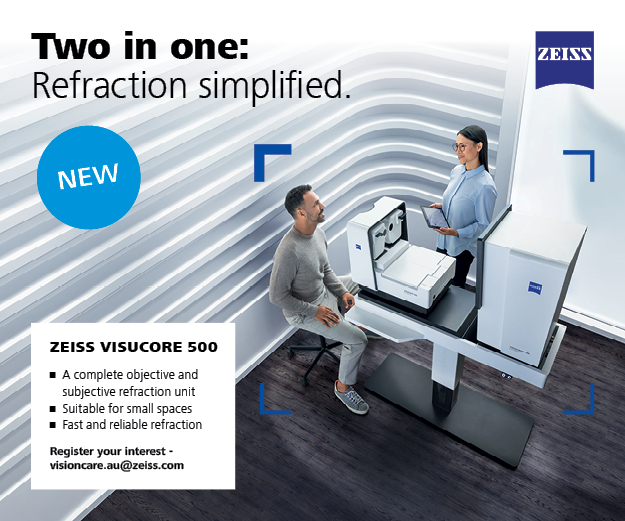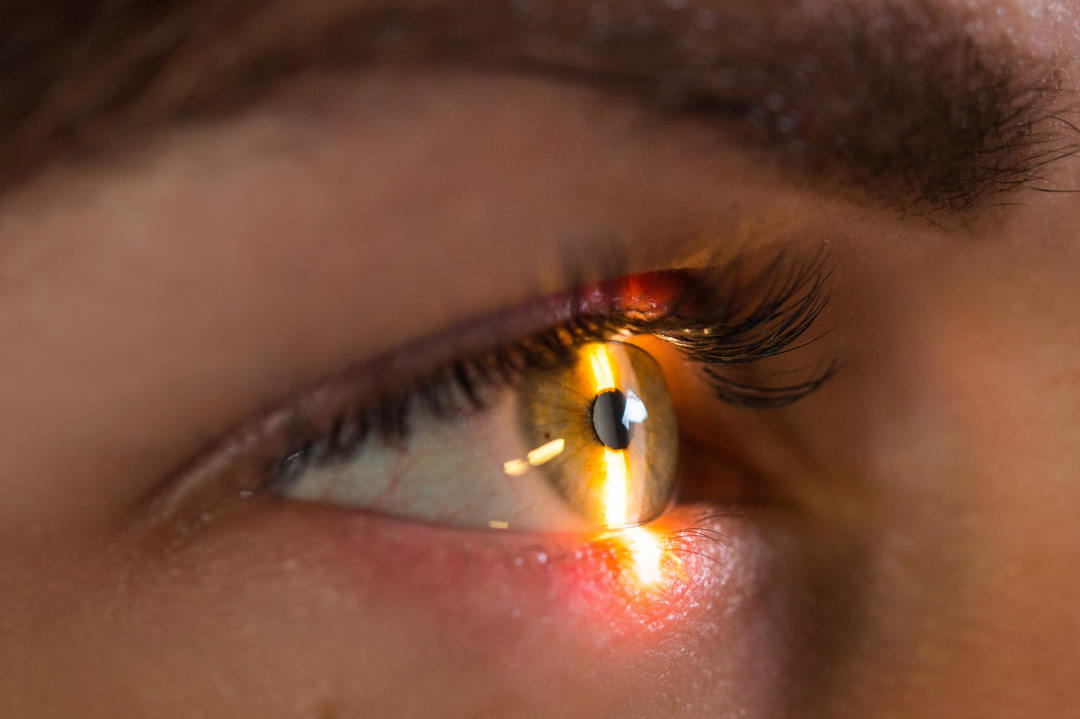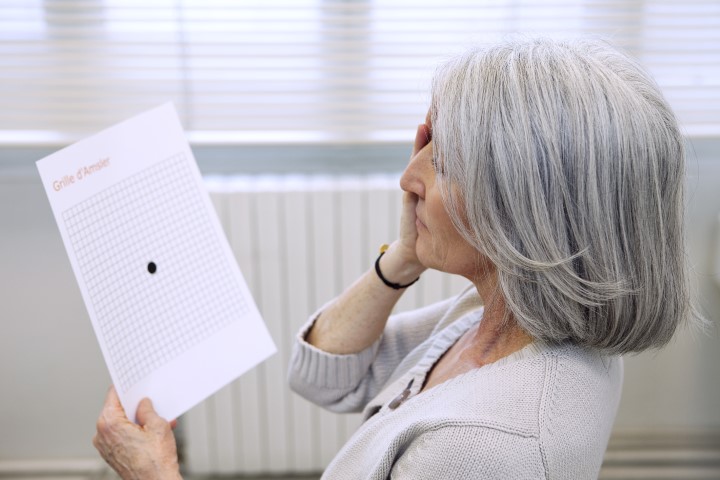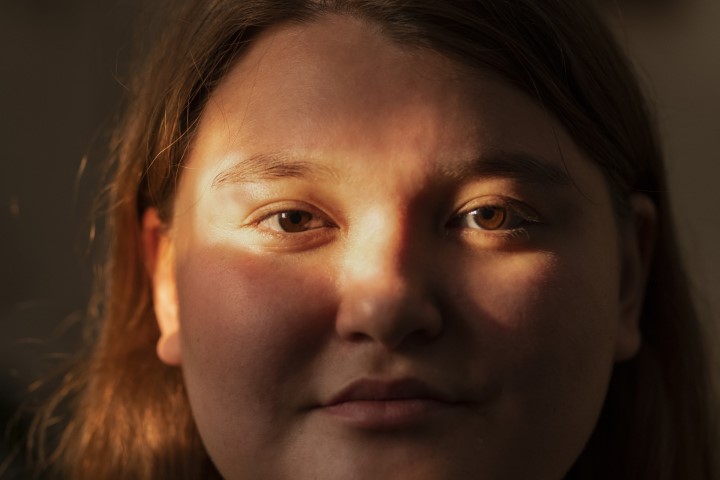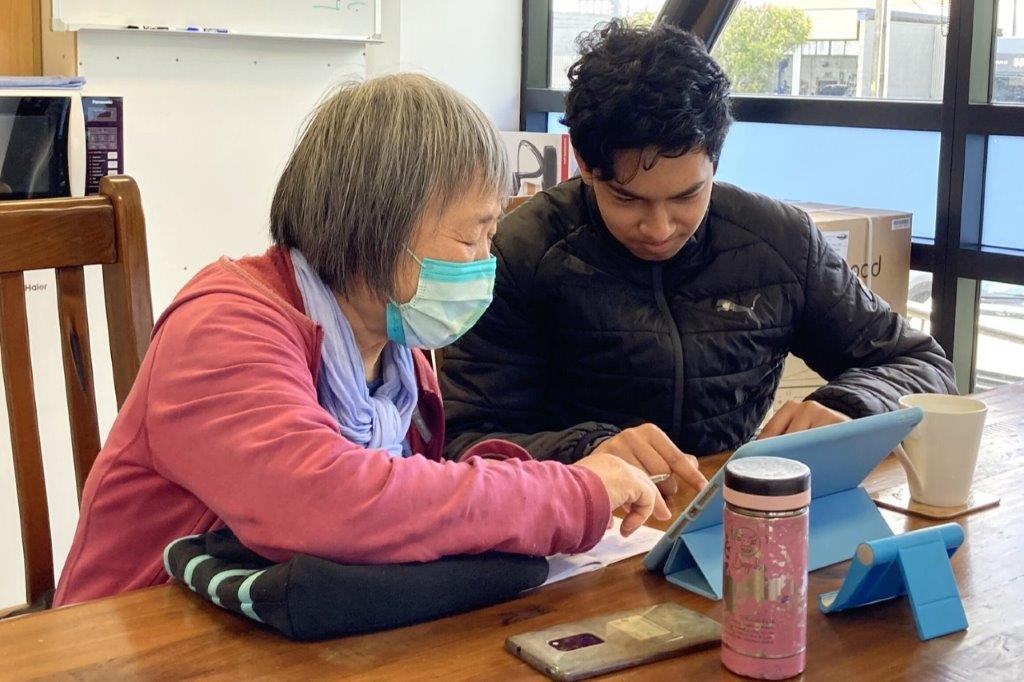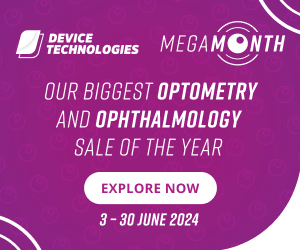Predicting ROP
Swedish researchers have developed a new, less invasive screening model for predicting retinopathy of prematurity (ROP) in infants.
Given its sight-threatening properties, infants aged 31 weeks or less are routinely screened for ROP in Sweden. This requires a retinal eye examination by an ophthalmologist which is often stressful for the infant, yet only a small percentage then require treatment.
Aldina Pivodic, a researcher from the University of Gothenburg, undertook a retrospective cohort study of 7,286 infants, aged between 24 and 30 weeks, to see if a prediction model based on birth characteristics could be used for ROP to avoid unnecessary screenings.
Published in Jama Ophthalmology the prediction model, incorporating postnatal age, gestational age, sex and birth weight, provided a predictive ability for ROP needing treatment comparable to current models requiring postnatal data, concluded Pivodic and her colleagues. “The model is an accessible online application that appears to be generalisable and to have at least as good test statistics as other models requiring longitudinal neonatal data not always readily available to ophthalmologists.”





